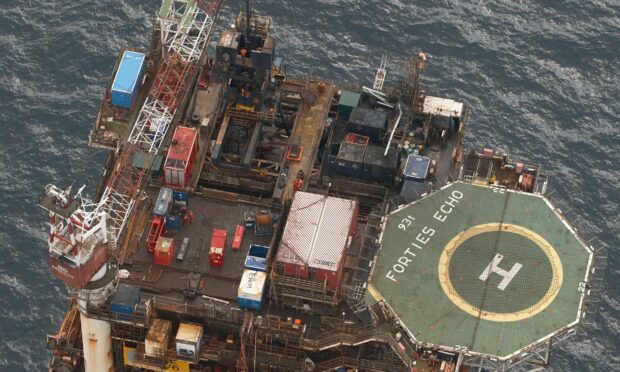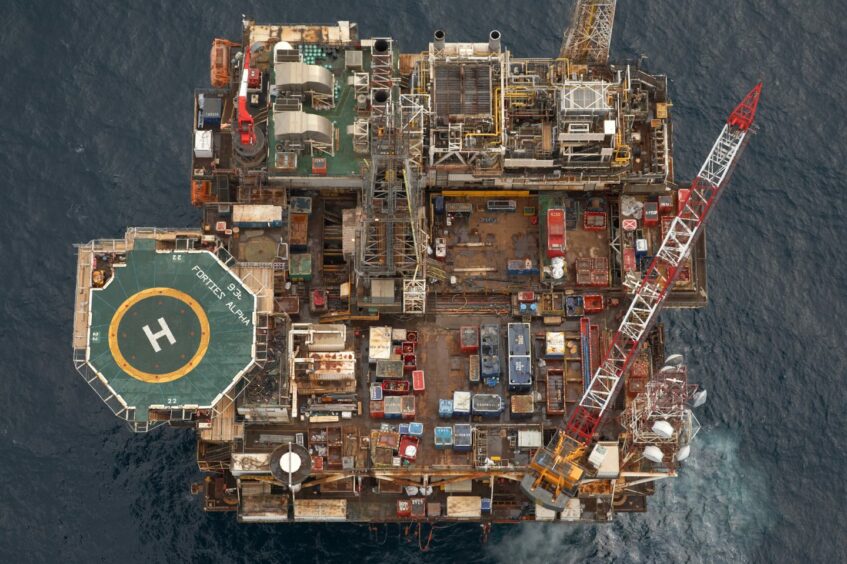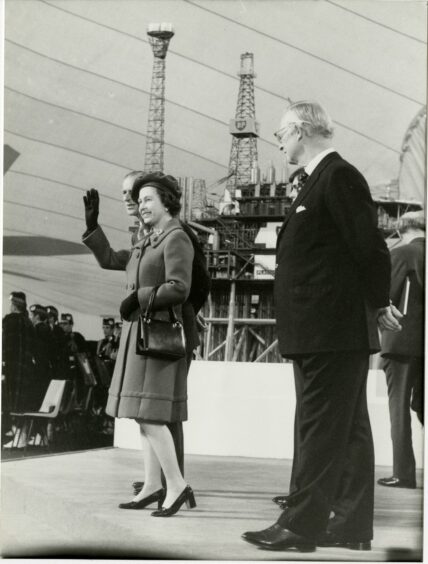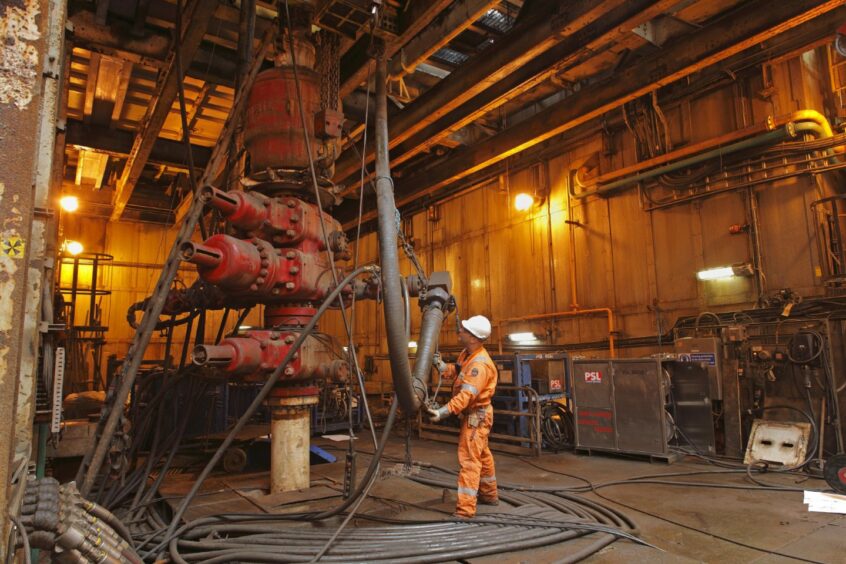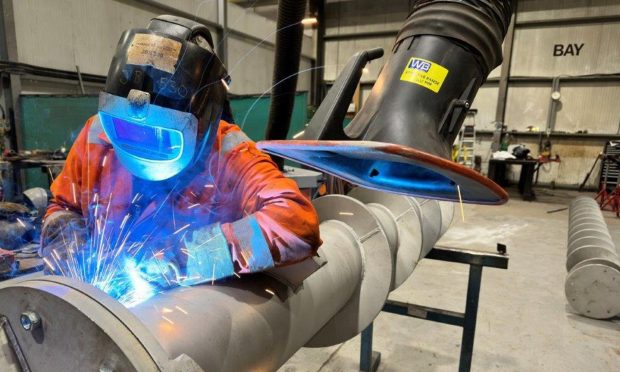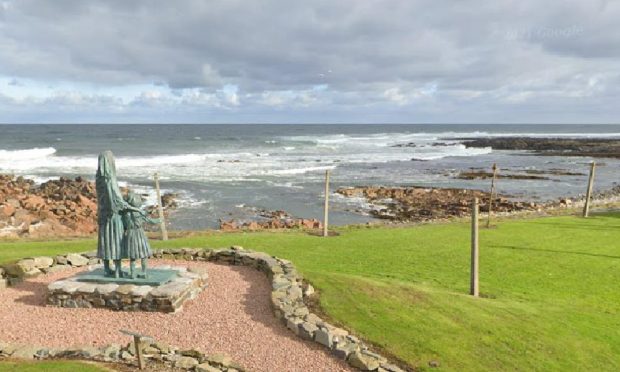North Sea energy firm Apache has confirmed it has no plans to end production from the iconic Forties field within three years.
The US-based operator said a potential shutdown by 2026, as suggested in court papers, is neither likely nor realistic.
It would also set alarm bells ringing in the industry over a swifter-than-expected demise for North Sea oil and gas.
Forties end game up in the air as firms try to thrash out a deal on costs
Court documents seen by Energy Voice, sister website to The Press and Journal, indicated production from Forties may stop up to 11 years sooner than expected.
A plan drafted last year suggested the firm hoped to keep Forties in production until 2037. Apache said it aimed to spend £238m on the assets over the period 2022-2029.
But a new plan highlighted in the court papers, and challenged by former operators and partners in Forties, showed much lower spending and an earlier demise for the oilfield.
It suggested Houston-based Apache will spend only £9 million on the assets between now and 2030.
An end date of 2026 was also mooted, but Apache has now insisted this is based on a “prescribed” inflation rate for decommissioning costs – equating to nearly 20% between 2022 and 2024 – which it says are “unrealistic”.
The company has requested an amendment to a decommissioning security agreement (DSA) for Forties, a contract with the former owners and partners, with a new date of “2030 or after”.
A spokeswoman for the firm, which had previously declined to comment, said: “Assertions in the media that Apache has willingly pulled forward COP (cessation of production) to 2026 are false and a mischaracterisation of the legal dispute.
“The 2026 date is the result of applying a prescribed inflation rate to decommissioning costs, as mandated by the decommissioning security agreement with Exxon, BP, Shell and Neo.
“The inflation rate that we are required to use has costs increasing by nearly 20% between 2022 and 2024, and we think that is unrealistic.”
Who picks up the tab for decommissioning Forties oilfield?
An industry taskforce has already recommended revisions to standard DSAs, recognising inflation assumptions are “unrealistically high”, Apache’s spokeswoman said.
The England and Wales High Court case was, ultimately, focused on who picks up the tab for decommissioning Forties.
Under UK law, should the current owner of an installation fail to meet decommissioning costs, the obligation falls to other partners or former owners.
Judge calls for plain English after hearing oil firms’ complex arguments
Judge Mark Pelling ruled an independent expert should be left to resolve the complex dispute over the terms of the DSA.
And offering advice to the industry at the end of a particularly challenging case, he added: “It would benefit all if the number of declarations were limited and expressed in the language that a non-legally qualified expert can reasonably be expected to understand and apply.”
Forties has been producing North Sea oil since 1975.
BP sold the “jewel in its crown” to Apache in 2003. The US company had no track record in the UK North Sea at the time, taking on 230 staff and 35 onshore employees.
The field is about 170 miles off Aberdeen. Production is from a total of five manned platforms.
